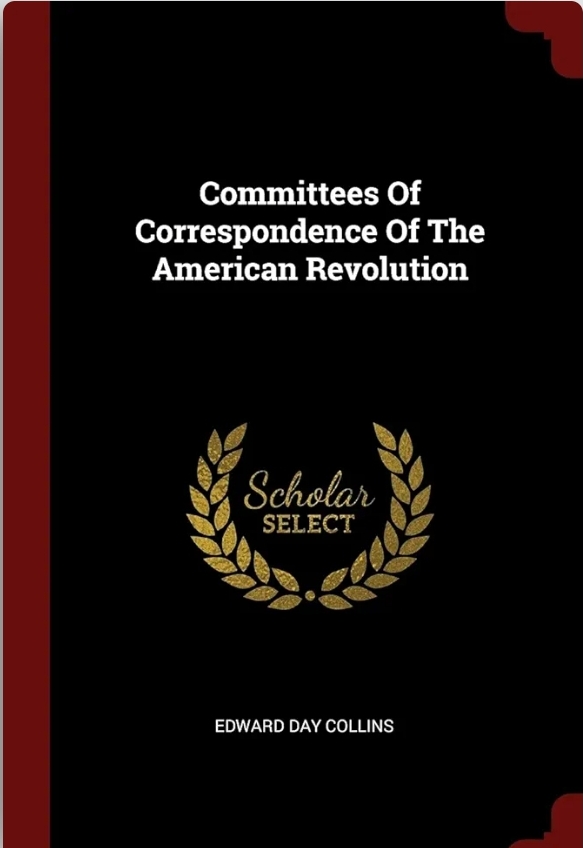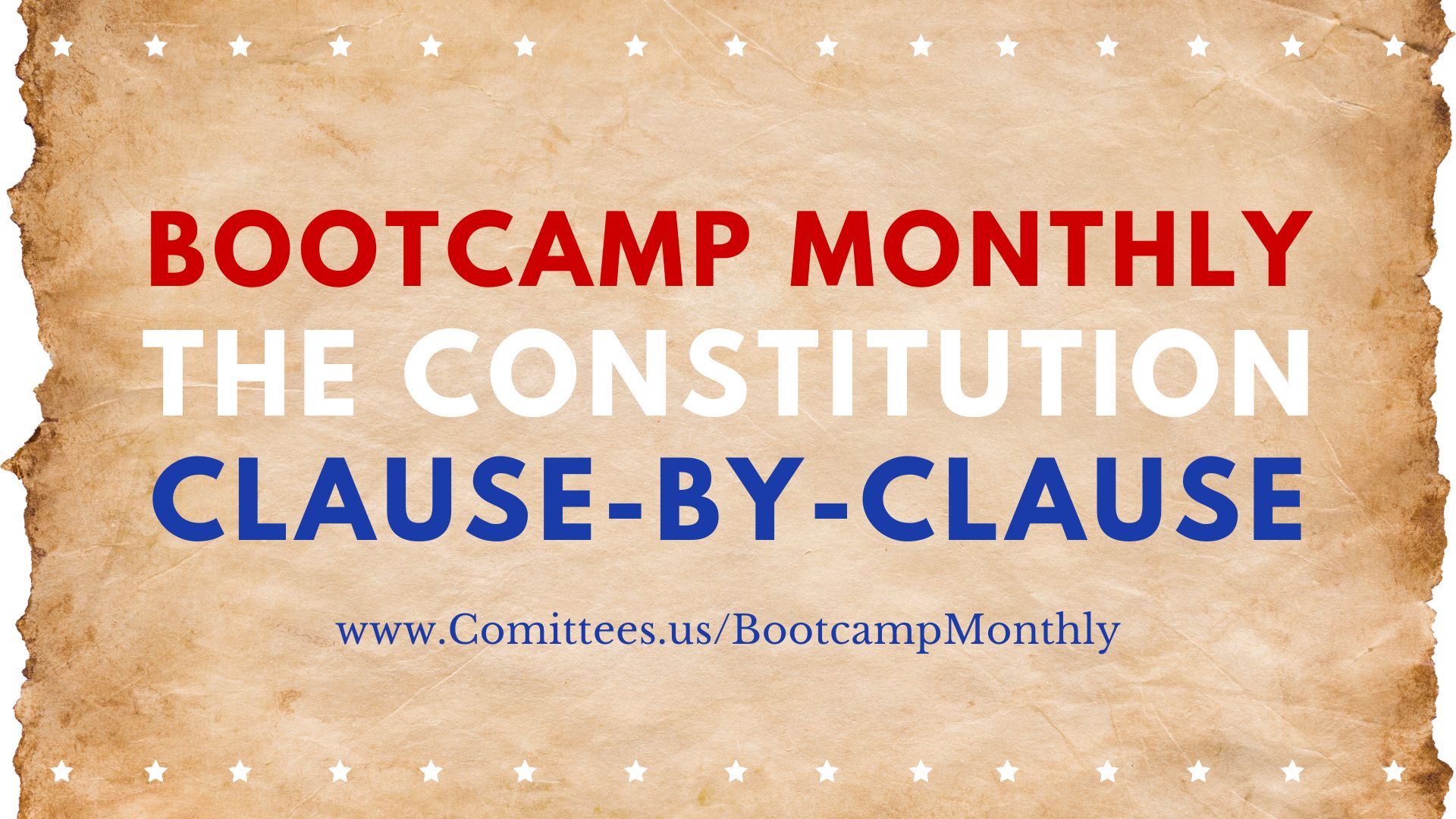Edward Day Collins’ Committees of Correspondence of the American Revolution focuses on the vital role that these Committees of Correspondence played in fostering unity, communication, and coordination among the American colonies in the years leading up to and during the Revolutionary War. The committees served as an early form of inter-colonial organization, creating a network of communication that helped unite the colonies against British rule. Collins’ work provides a detailed analysis of their origins, operations, and significance in the fight for independence.
Main Themes of the Book:
- Origins of the Committees of Correspondence: Collins begins by detailing the creation of the Committees of Correspondence, which were established in response to growing tensions between the American colonies and Britain. The first formal committee was established in Boston in 1764 to communicate grievances about British policies like the Stamp Act, but their role expanded over time as the conflict escalated. Collins traces how these early committees laid the groundwork for greater colonial cooperation.
- The Role in Fostering Unity: One of the central functions of the Committees of Correspondence was to create a unified colonial response to British policies. Collins describes how they acted as a communication network, linking the different colonies and ensuring that each region was aware of events and developments elsewhere. This unity was crucial in creating a shared colonial identity and promoting the idea that the colonies were engaged in a collective struggle for rights and self-governance.
- Spreading Revolutionary Ideas: The committees were also instrumental in spreading revolutionary ideas. Collins discusses how the Committees of Correspondence distributed pamphlets, letters, and other documents that articulated colonial grievances, argued for resistance to British policies, and promoted the ideals of liberty and self-determination. Through this written correspondence, they helped to shape public opinion and mobilize support for the cause of independence.
- Communication and Coordination: The Committees of Correspondence played a key role in coordinating resistance efforts among the colonies. Collins highlights how they were used to organize boycotts of British goods, disseminate news about British troop movements, and share intelligence about British activities. These efforts helped to synchronize protests and actions across the colonies, making the resistance more effective.
- Influence on the Continental Congress: Collins argues that the Committees of Correspondence were a precursor to the Continental Congress, which eventually became the central governing body for the colonies during the war. The success of the committees in fostering communication and cooperation among the colonies demonstrated the feasibility of a broader colonial government. Many of the leaders who participated in the Committees of Correspondence, such as Samuel Adams and John Adams, went on to play important roles in the Continental Congress.
- Local and Provincial Committees: While much of the focus is on the inter-colonial network, Collins also examines the local and provincial committees that operated within individual colonies. These smaller committees were responsible for coordinating efforts at the local level, ensuring that towns and counties were engaged in the broader revolutionary movement. Collins emphasizes how these local committees were crucial in maintaining the revolutionary momentum by organizing grassroots activities like boycotts, militia formations, and public protests.
- Challenges and Internal Conflicts: Collins also discusses some of the challenges faced by the Committees of Correspondence, including internal conflicts and disagreements about the best course of action. While most of the colonies eventually aligned themselves with the push for independence, there were divisions among the colonies, and even within some colonies, about how far resistance should go. The Committees of Correspondence played a role in mediating these conflicts and working towards a unified stance.
- Legacy of the Committees: The book concludes by assessing the long-term impact of the Committees of Correspondence. Collins argues that these committees were essential in creating the foundations of American democracy by promoting communication, cooperation, and a sense of shared purpose among the colonies. They demonstrated the power of decentralized, grassroots organization, which would continue to influence American political culture in the years following the Revolution.
Historical Significance:
Collins’ work on the Committees of Correspondence is significant for understanding how the American Revolution was not just a top-down movement led by prominent figures, but also a bottom-up revolution driven by the active participation of ordinary citizens through local institutions. The Committees of Correspondence were an early example of American political ingenuity, as they successfully created a system of communication and coordination that was crucial in uniting the colonies and advancing the cause of independence.
Conclusion:
Edward Day Collins’ Committees of Correspondence of the American Revolution offers a comprehensive look at the role these committees played in the lead-up to and during the Revolutionary War. By fostering communication, spreading revolutionary ideas, and coordinating resistance, the Committees of Correspondence were instrumental in shaping the course of the American Revolution and laying the groundwork for the future United States. Collins’ analysis provides valuable insights into the importance of local, decentralized efforts in the success of the American independence movement.







